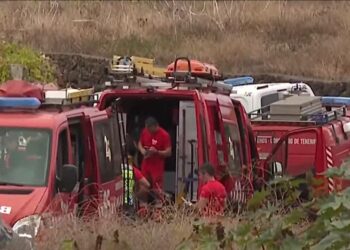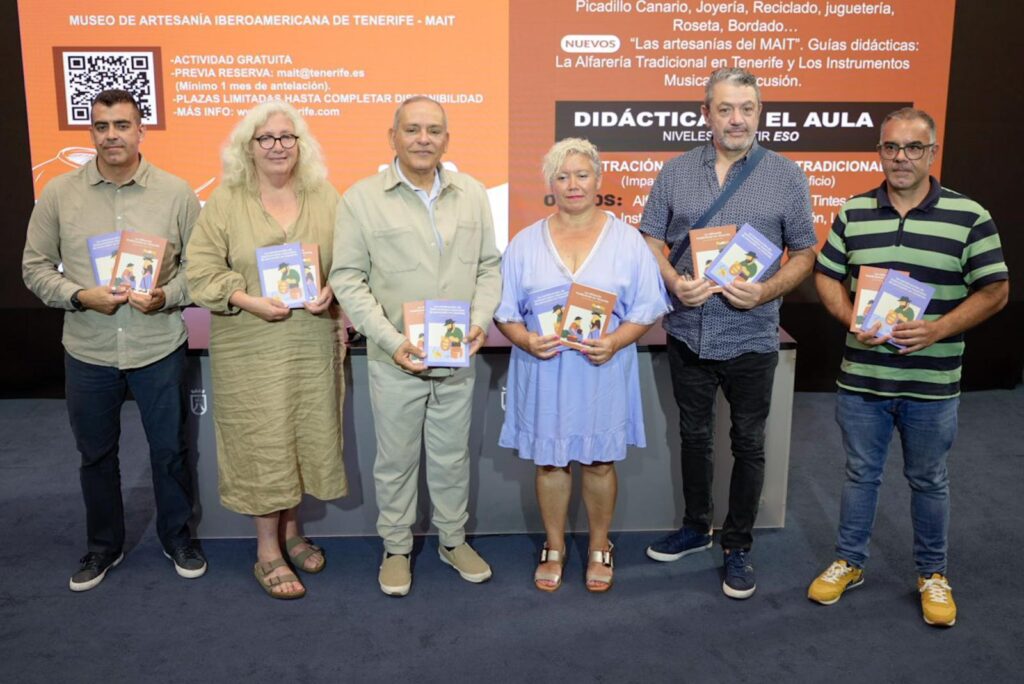The Cabildo of Tenerife has sanctioned the commission to the public entity Gesplan to undertake forest rehabilitation activities in the Teide National Park region, which was impacted by the devastating fire of 2023 that scorched roughly 1,235 hectares of its ecosystems, predominantly within the Canarian pine forest and summit scrubland. This initiative, with a financial allocation of about 510,500 euros, is expected to be completed within a timeframe of nine months.
The island’s president, Rosa Dávila, emphasises the significance of this endeavour in alleviating the damage to such a precious natural habitat: “Our aim is to restore Teide’s ecological equilibrium at the earliest opportunity and halt the deterioration of the land affected by the fire. Consequently, we have set aside 11 million euros for a comprehensive restoration plan that will span the next three years, enabling the recovery of the forest masses in Teide National Park and its surrounding areas.”
Additionally, Dávila mentions that “the rehabilitation of the pine forests and the replanting of indigenous species will not only assist in recovering what was lost but will also bolster the entire environment, as we approach this with a long-term perspective, aiming to prevent, and where possible, contain the impact of any future fires.” In terms of the tasks that Gesplan is scheduled to execute in the upcoming months, these include removing charred Canarian pine trees, clearing affected scrubland, and constructing fascines from the fire debris to avert soil erosion on sloped areas. Furthermore, plant remnants will be processed to mitigate the risk of subsequent fires. “These actions are vital for halting soil erosion and ensuring the ecosystem’s recovery, in addition to preventing the emergence of new outbreaks under adverse circumstances,” Dávila adds.
Moreover, the Minister of Natural Environment, Sustainability, and Emergencies, Blanca Pérez, clarifies that this initiative “is not solely about regaining what has been lost; it also seeks to prepare our mountains to better withstand future threats. This is a project we initiated last year that will continue in the medium term.” In this context, Pérez underscores that “we refer to an area recognised as a UNESCO World Heritage Site, which we must maintain and protect in optimal conditions, and these measures are directed at revitalising the ecosystems that were harmed by the fire.”
















